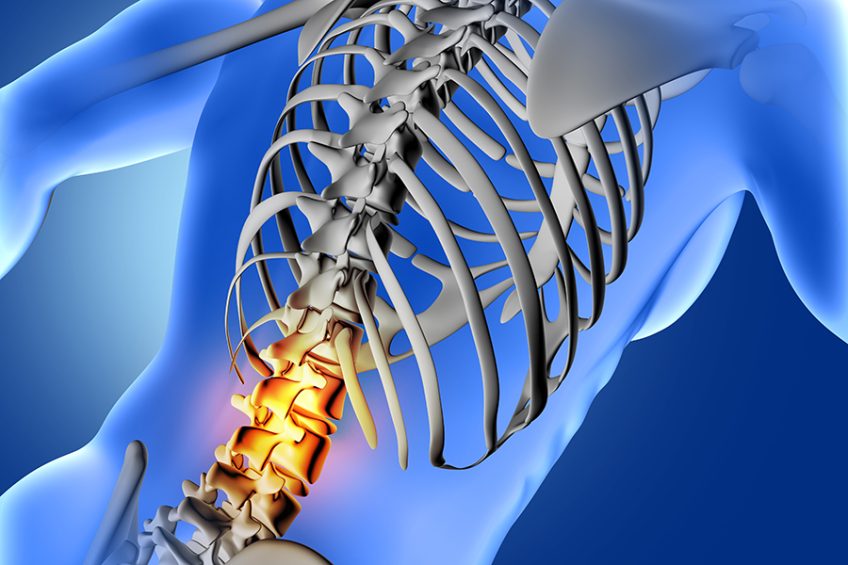In this article we will analyze the full range of surgical and non-surgical treatment options for spondylolisthesis.
Degenerative spondylolisthesis is relatively rare in other segments of the spine, but can occur in two or even three segments simultaneously.
Each segment of the spine consists of vertebrae, intervertebral discs, and joint facets. The intervertebral disc acts as a shock absorber between the vertebrae, while the paired articular facets restrict movement. They allow the spine to bend forward (flexion) and backward (extension), but do not allow a rotational movement.
As you age, joint facets can become incompetent and allow for too much flexion, allowing one vertebral body to slide on the other.
CONTENT:
Changing daily activities
Patients can change their activities so that they spend more time sitting in a chair and less time standing or walking.
The change in activities generally includes:
- A short period of rest (for example, one to two days of rest or relaxation in a folding chair);
- Avoiding standing;
- Avoiding walking for long periods of time;
- Avoiding dangerous physical exercises;
- Avoid activities that require column extension.
If changing activities substantially reduces the patient’s pain and symptoms, this is an acceptable way to manage the condition in the long run.
Applying cold compresses, applying heat or pain medications can help with this approach, especially after walking or any strenuous activity, but it does not solve the problem of long-term pain 100%. For patients who want to be more active, the fixed bike in the gyms is a reasonable option, because it is an activity performed in a sitting position and should be tolerated.
Another option is aqua gym – gymnastics performed in the swimming pool with warm water – because the water provides support and buoyancy, and the patient is comfortable to perform flexion-extension movements to strengthen the lumbar muscles.
Many patients benefit from a physical therapy program in which certain exercises are performed gradually and controlled, which have the role of strengthening the lumbar muscles in order to maintain and / or increase the degree of mobility and flexibility, which, in turn, tends to to alleviate pain as well as to help the patient maintain his ability to function actively every day.
Chiropractic therapy
Chiropractic therapy helps you to reduce pain by mobilizing painful joint dysfunction. The first symptom identified by the chiropractor in case of spondylolisthesis is pain in the affected region. It improves in flexion, and is accentuated in extension, this posture favoring the degree of sliding.
The contracture of the paravertebral muscles is present, to which the contracture of the gluteal muscles can be associated, respectively the contracture of the thigh muscles. Slipping can also lead to compression of the roots of the spinal nerves, in which case symptoms such as numbness, tingling, loss of reflexes, even muscle atrophy along the path of the affected nerves may occur.
The treatment of spondylolisthesis aims to align the slippery vertebrae, which will remove pain and muscle contractions, and stop the negative effects on the limbs through which the pressed nerve passes (numbness, tingling, muscle atrophy), thus ensuring the patient’s return to daily activities.
These results can be obtained by chiropractic, a method successfully used in the treatment of spondylolisthesis, which consists of various manipulations performed on the spine by elongation, torsion and cracking.
Through these manipulations, after several sessions, the slipped vertebra is progressively repositioned, resulting in the disappearance of the mentioned symptoms in a relatively short time, acting directly because of these symptoms.
Epidural injections
Injections are effective in reducing a patient’s pain in up to 50% of cases.
An epidural injection of steroids works to relieve the patient’s pain and can be done a maximum of three times a year. The length of time the lumbar epidural injection can be effective is variable, as pain relief can take a week or a year.


